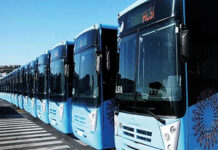In 2023, Morocco’s automotive sector reclaimed its position as the country’s leading export industry, having briefly ceded the top spot to the phosphates and derivatives sector in 2022, according to the Office des Changes.
Automotive exports soared by 28.4% compared to the previous year, driven by significant growth in the construction ecosystem (+22.6%) and the wiring ecosystem (+34.4%), as detailed in the Office’s annual foreign trade report.
The electronics sector also experienced robust growth, with exports rising by 21%, largely due to a 26% increase in sales of electronic components.
The textile sector saw a 5% increase in exports, reaching 46.1 billion dirhams (MMDH) in 2023, bolstered by a 7% rise in ready-made garment exports and a 5.5% increase in hosiery products. Similarly, the aerospace sector posted a 3.8% improvement, attributed to higher exports of the EWIS (Electrical Wiring Interconnection System) ecosystem despite a decline in assembly exports.
In contrast, the phosphates and derivatives sector, which had seen a 43.9% surge in exports in 2022, recorded a 33.6% decrease in 2023 across all product categories. Agricultural and agri-food exports remained nearly stable at 83.2 MMDH.
Moroccan exports in 2023 were dominated by seven key products, accounting for 55.8% of total exports. Leading the list were passenger cars, making up 15.1% of total exports, followed by natural and chemical fertilizers (13%), insulated electrical wires and cables (11.2%), ready-made garments (6.9%), car parts and components (3.6%), phosphoric acid (3%), and aircraft and spacecraft parts (3%).
This dynamic shift underscores the strength of Morocco’s automotive sector and its critical role in driving the country’s economic growth, while also highlighting the fluctuations within other key export industries.





